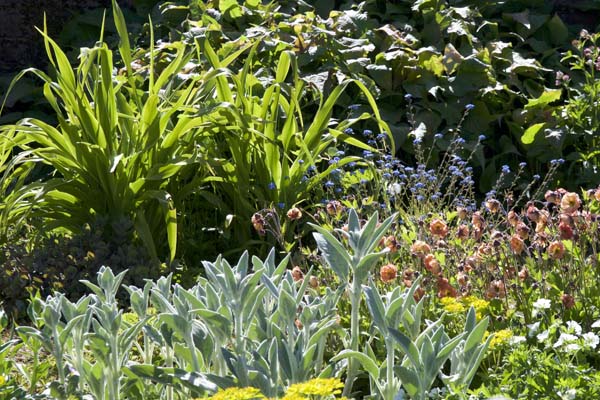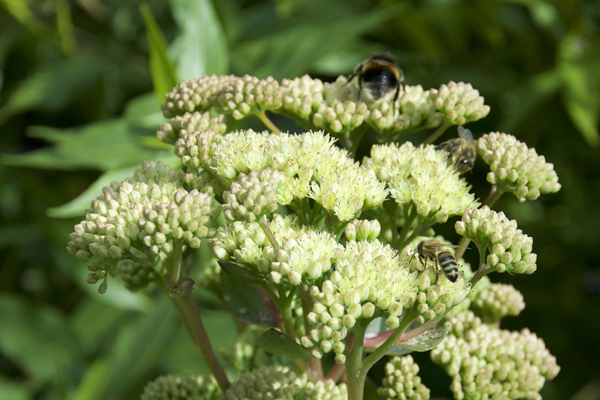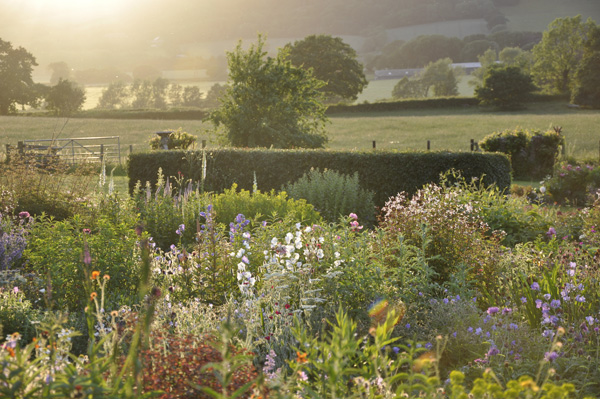About Herbaceous Peonies
Peonies are beautiful, long-lived and easy to grow once established. Herbaceous peonies are one of three distinctive types. These long-lived, hardy peonies are the most common and popular of the varieties.
What are Herbaceous Peonies?
Herbaceous peonies produce leaves, which form handsome rounded mounds that die back in the autumn, while tree peonies have woody stems that remain during the winter. Intersectional peonies (or Itoh peonies) are a hardy peony variety which the result of crossing herbaceous and tree peony plants together. The leaves are carried on stems that turn woody by autumn, but these are usually removed in spring when the new shoots start to emerge.
In late May or early June, herbaceous peonies produce long stems topped with fat buds that open into large, opulent flowers. These flowers come only in a limited range of colours. These are white, pink, and red. Although there are a few yellow varieties, these are limited in number and typically quite expensive. However, because there are so many shapes, there is a wide choice of designs to select from in a peony shop.
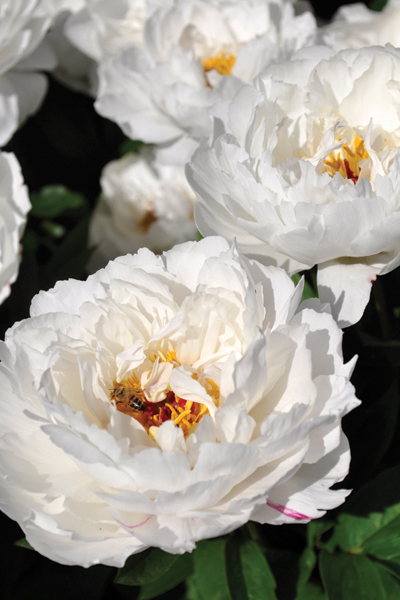
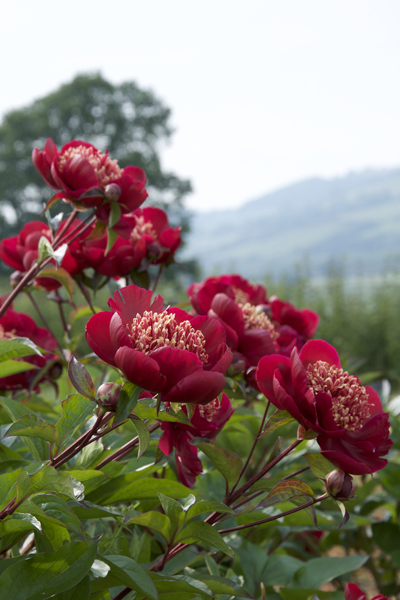

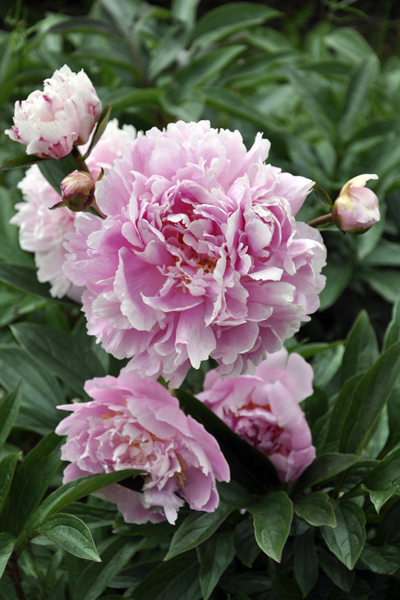
Peony 'Minnie Shaylor', P. 'Midnight Sun', P. 'Picotee', P. 'My Pal Rudy'
Types Of Herbaceous Peonies
These herbaceous perennials are divided into two distinct groups, Lactiflora and Hybrid peonies. Lactifora has larger flowers and similar looking mid-green leaves. Meanwhile, the foliage of hybrid peonies vary from shiny to dull green. As the name suggests, Hybrids are the result of crossing some hardy peony varieties together.
Types of Herbaceous Peony Flowers
When you buy peony plants online or from a nursery, you’ll often find them sorted by their flower type. The following are the types of flowers shared by this variety of herbaceous perennial.
Single Herbaceous Peonies
This type of peony has just one, or sometimes two rows of petals. The stamens in the centre are always revealed. When the flowers first open, the blooms usually close up at night, which means they last longer. Single peonies for sale requires no staking.
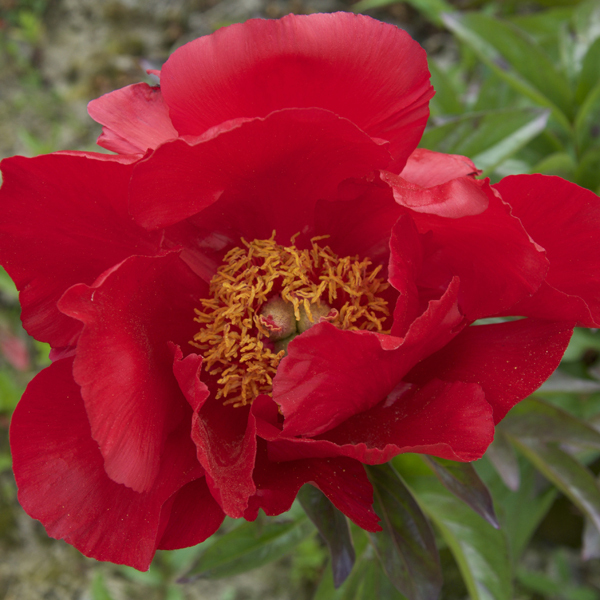

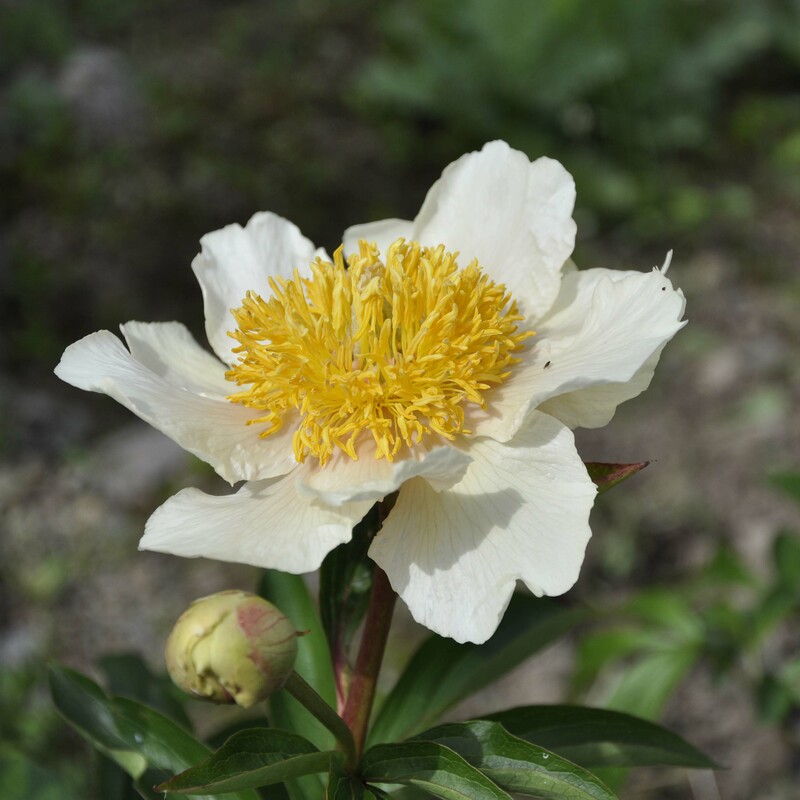

Single peonies 'Blaze', P. 'Roselette', P. 'Starlight', P. 'Athena'
Double Herbaceous Peonies
The double peony has lots of petals, which when fully open will form a dome that can be low, like a crown, shaped like a ball or a pompon. When you buy double peonies, be aware that because of their size, they sometimes need staking.
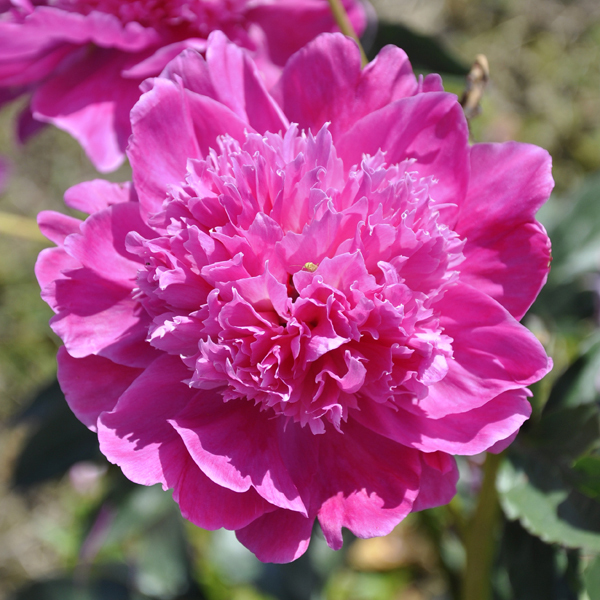
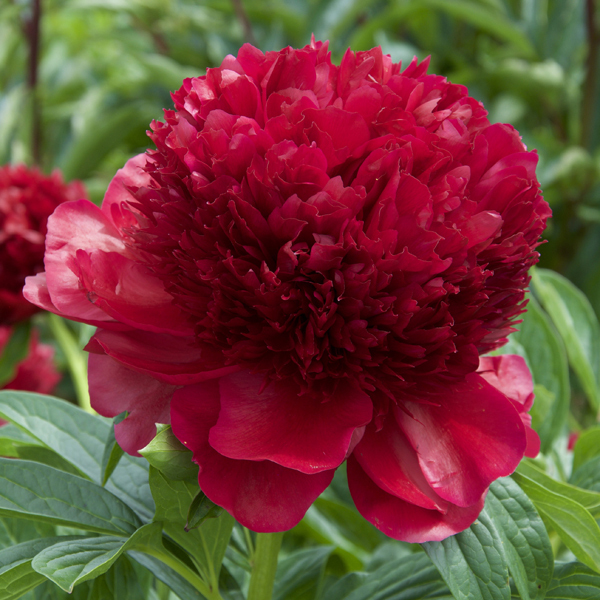
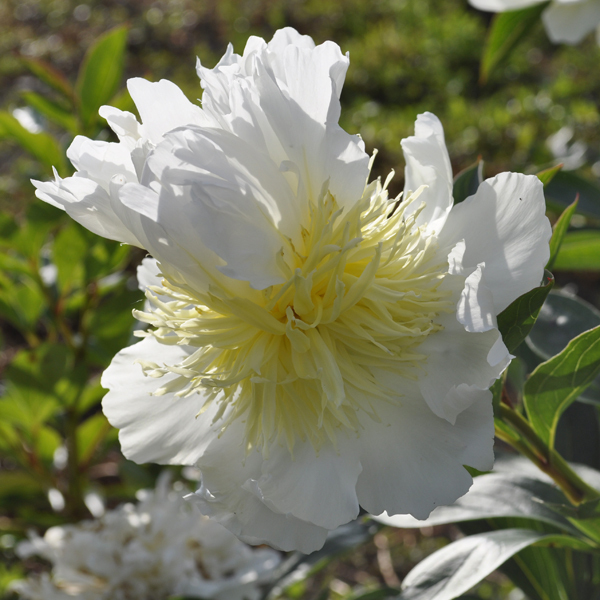
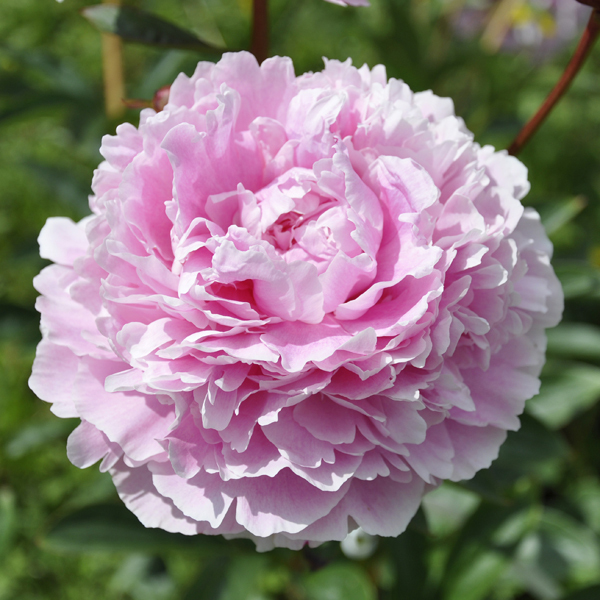
Double peonies: 'Bouquest Perfect', P. 'Red Charm', P. 'Top Brass', P. 'Sarah Bernhardt'
Semi-double Herbaceous Peonies
This type of flower has two or three layers of petals that open out to reveal the handsome ring of stamens in the centre. Semi-double peonies for sale usually do not require staking.
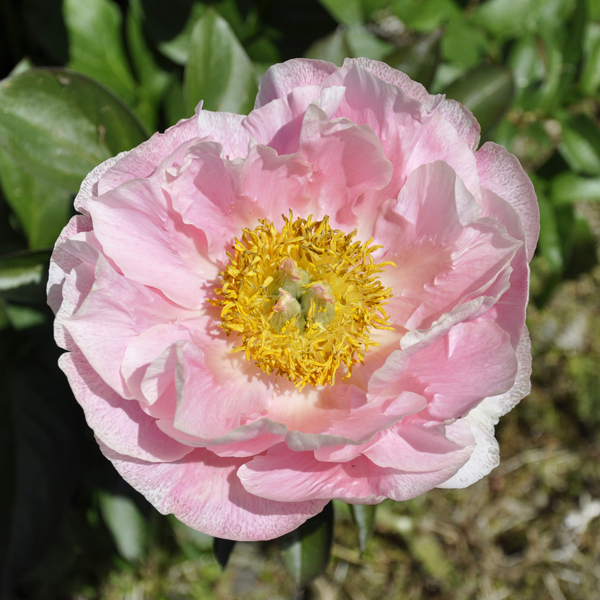

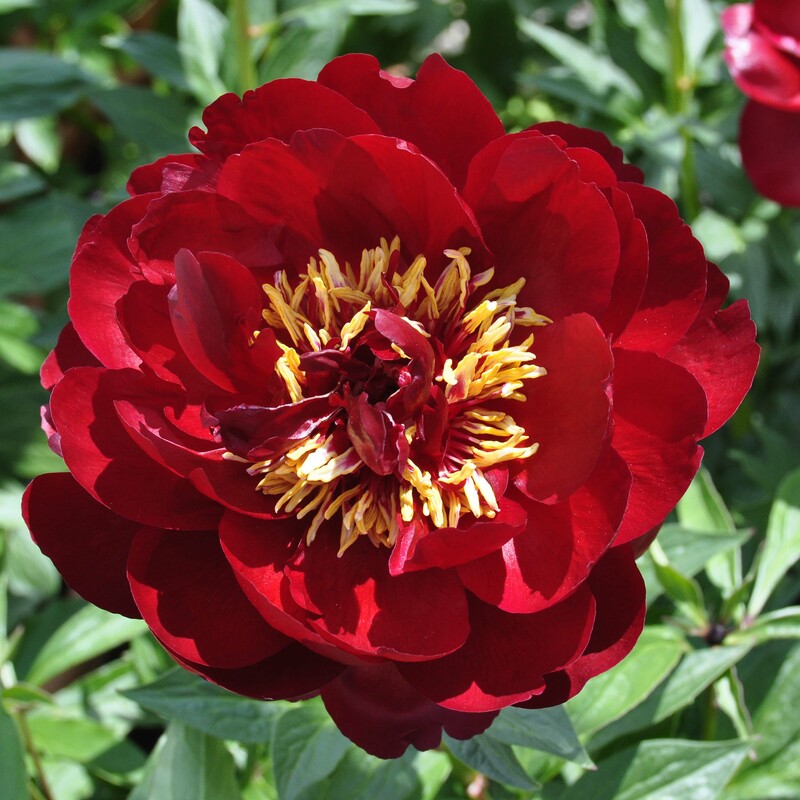
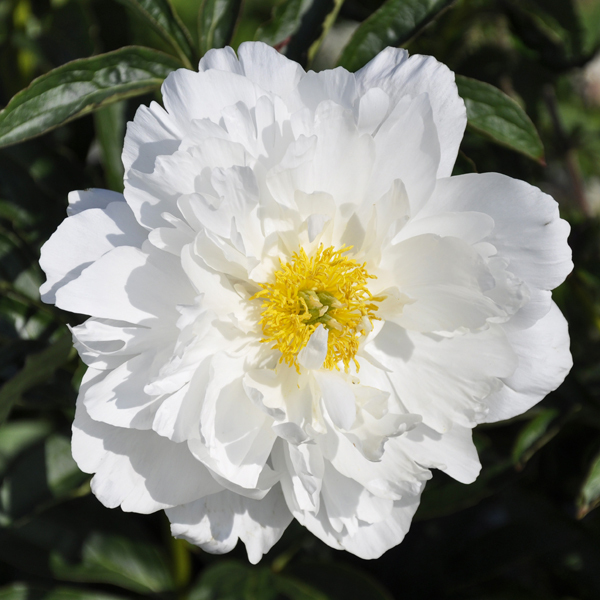
Semi-double peonies: 'Salmon Dream', P. 'Buckeye Belle', P. 'Cytherea', P. 'Miss America'
Japanese Herbaceous Peonies
These peonies always have large outer petals, known as guard petals that form a frame work for a cluster of long, ribbon-like petals, referred to as stamenoids. They hardly ever need staking, but if you want to buy Japanese peonies, it may have to be from our specialist peony shops, due to their rarity.
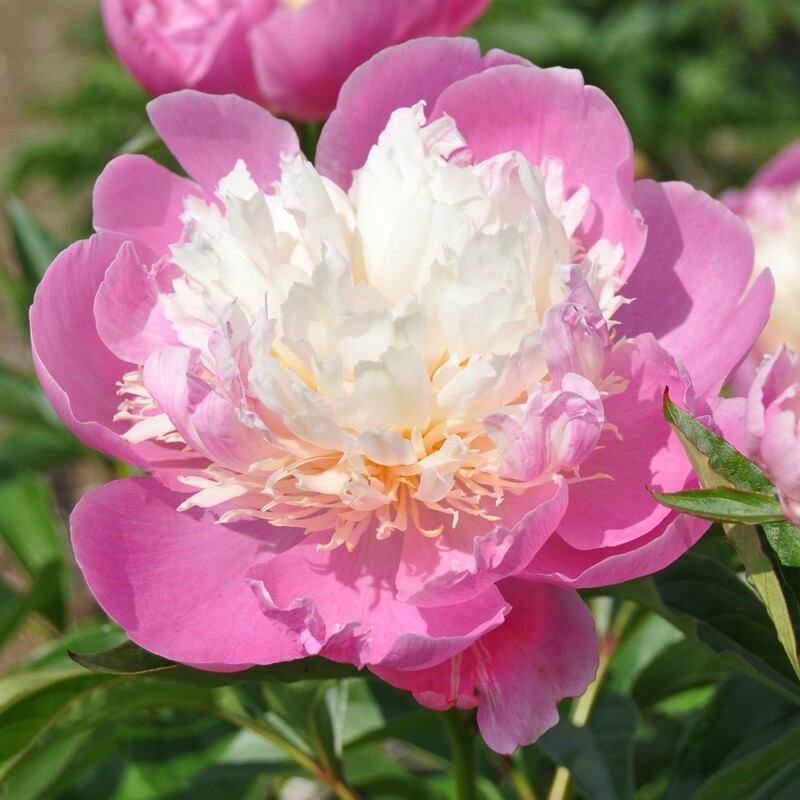

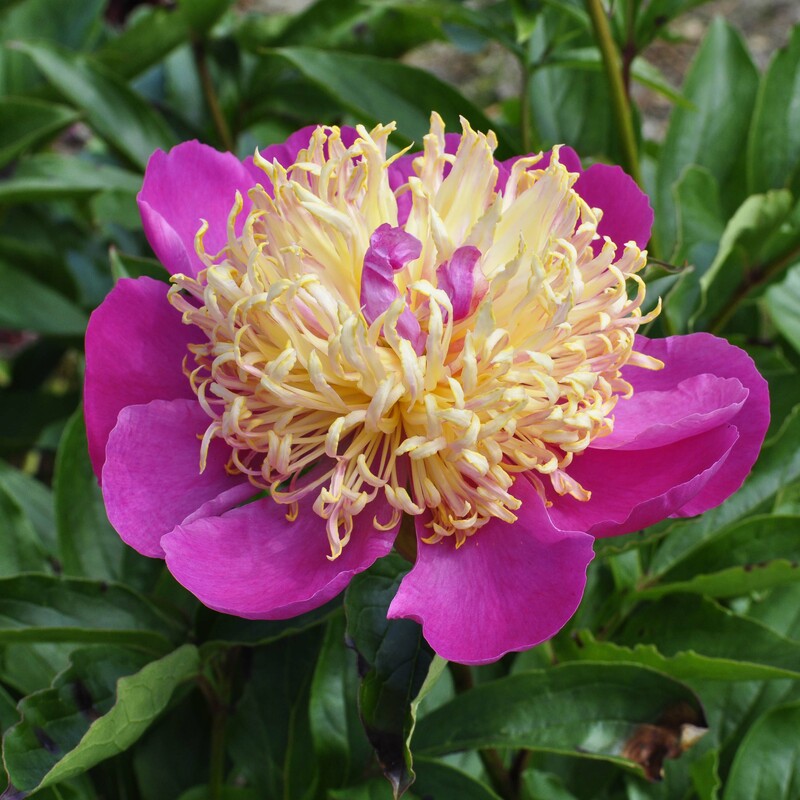
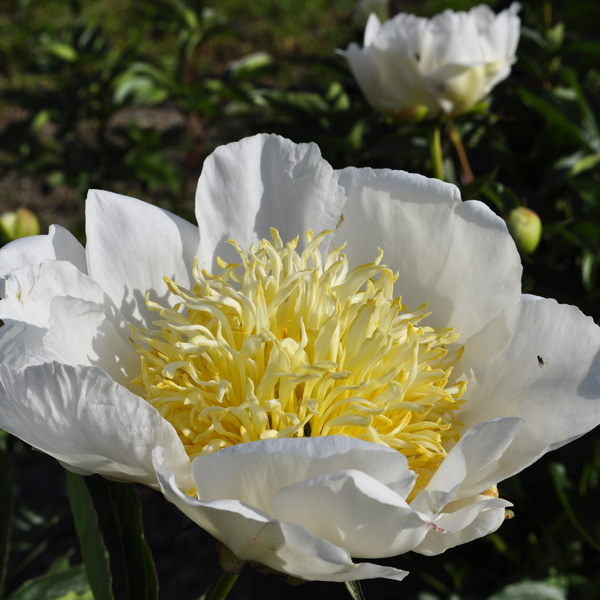
Japanese peonies: 'Bowl Of Beauty', P. 'Nippon Beauty', P. 'Tom Echkhardt', P. 'Moon Of Nippon'
Hardy Peonies in the Garden
Herbaceous peonies will grow in most soils, except ones that stay wet. They grow best in a rich, heavy soil (including clay), but will thrive just as well in a sandy soil once established. Although they prefer full sun, in warmer parts they are happy in partial shade. For more information on planting and care, I highly recommend my peony plant guide
What Plants do Herbaceous Peonies go Well With?
Herbaceous peonies can be grown in a border of their own, but most gardeners would prefer to include them among other plants. They look fabulous with other herbaceous perennials, and the leaves of many varieties turn the handsome colours of autumn as they begin to die back in late August and September.
In the spring the new shoots, which remind me of asparagus, are most attractive, a feature that can be enhanced by planting spring bulbs such as crocuses around them. Later, once the flowers have gone, very often there are seed pods which can be extremely attractive. Most of these pods are empty of seeds, meaning you may have to divide or buy peony plants if you want to grow more across your garden.
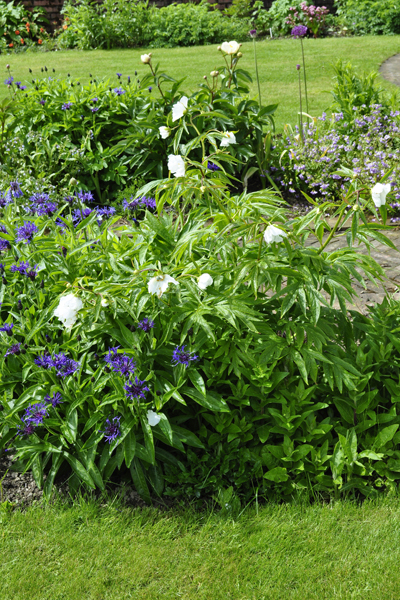
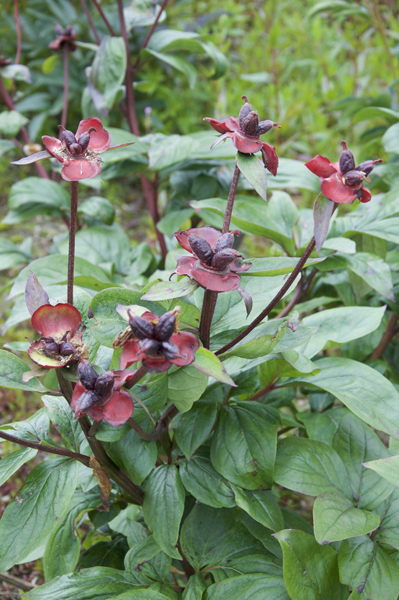
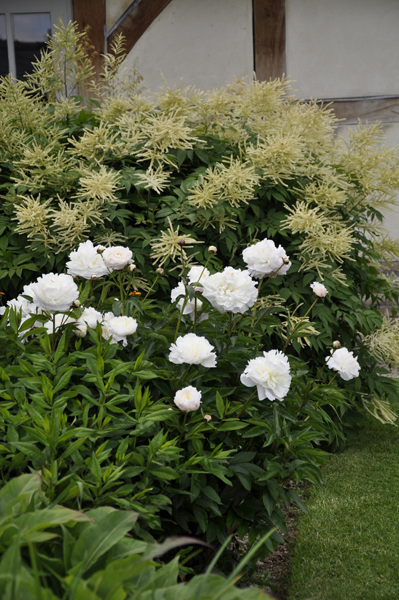
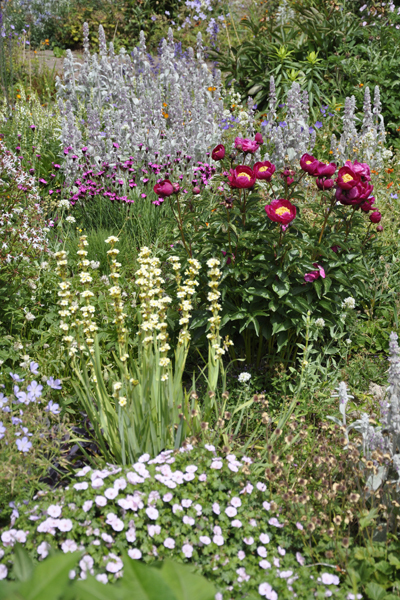
The blooms of peony 'Early Windflower' don't last long, but the leaves remain beautiful for a long time. The seed pods of Peony 'Garden Peace' are particularly handsome. Peony 'Shirley Temple' thrives in a semi-shady spot with Aruncus dioicus. Peony 'Suruga' blends easily into a border of other perennials.
